It's hard to quantify exactly what makes a PC case good for gaming. It's a pretty broad term that could end up meaning a lot of different things to a lot of different people, so let's set some basic expectations upfront. A gaming case should be roomy enough to accommodate a full-sized graphics card, easy to work in, and provide some avenue for cable management (well-managed cables aid in airflow).
In other words, we're going to prioritize cooling capacity and ease of use over things like aesthetics and flashy front panels. After all, you can always add RGB hubs and other aesthetic flairs. You can't add the extra space you need to fit that RTX 3090 you just stood in line for all morning.
Cooler Master Masterbox TD500
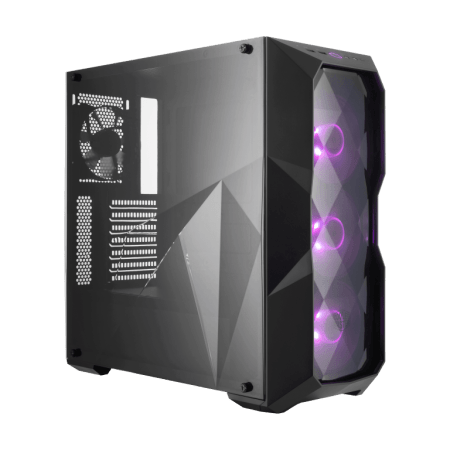
Cooler Master offers a wide variety of interesting case designs in its Masterbox line, but the TD500 is a good vertical slice of the best features across the different offerings. It's an ATX size case with three built-in RGB case fans, support for up to six 120mm fans, a PSU shroud, and a built-in C10L RGB controller that can adjust settings on your RGB enabled fans without dedicated software.
On the aesthetics side, Cooler Master has outfitted the TD500 with what it calls a "diamond cut" design that extends from the front panel around to the side panel. It's subtle but still attractive and non-obtrusive. The TD500 also has 19mm of cable routing space available behind the motherboard, so you can free up the main compartment for maximum airflow. It's an easy pick for those after a good selection of aesthetic, cooling ability, and internal space.
NZXT H510
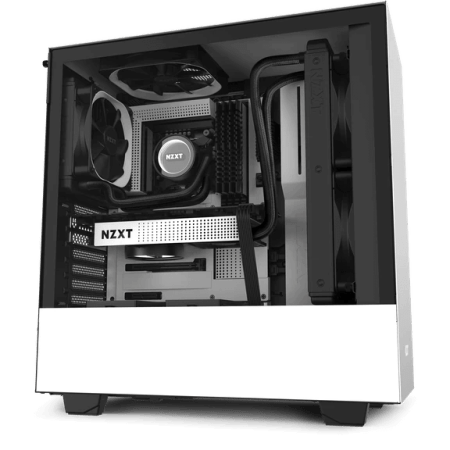
Like Cooler Master, NZXT also offers several different cases in this particular line, but the ATX compatible H510 might be their most iconic case. NZXT is well known for offering matching peripherals, everything from cables to PSUs to motherboards, so that you can exactly match every single component in your H510 (or similar NZXT case). NZXT motherboards also come outfitted with full shrouds that make the entire setup one of the cleanest options available on the market today.
The H510 comes in a few different color configurations, features NZXT's well-known bar-style cable management solution, includes dual 120mm fans, and has USB Type-C 3.2 on the front panel. The H510 is a compelling piece in a great-looking NZXT focused build for those that favor congruence above flair.
Corsair Crystal Series 680X RGB
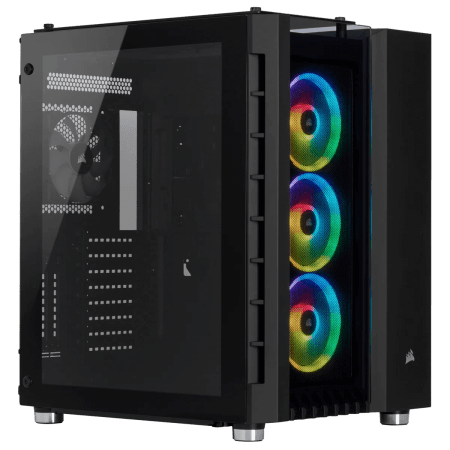
The 680X from Corsair is a bit wider than most other cases and with good reason. The back panel isn't just a shallow well for cable management; it's an entire second compartment built to house multiple 3.5" and 2.5" drives, your PSU, the included RGB controller, and all your extra cable lengths.
This re-routing of hardware to the back chamber means that the motherboard side can be completely free from clutter and airflow obstructing cable bundles. As a bonus, the RGB edition comes with three front-facing RGB case fans, which connect to the included RGB controller. The 680X offers great separation of parts for maximum space and airflow, which is a great choice for those of you with exceptionally large gaming hardware.
Fractal Design Define 7
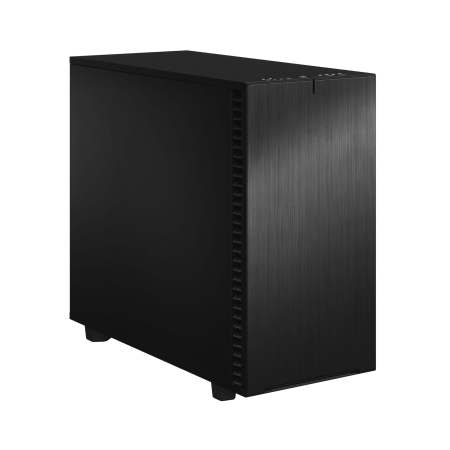
Not all gaming cases need to light up your office with every color of the rainbow, and Fractal Design seems to recognize that with its Define 7 case. It's a very stoic affair, with all black side panels and no tempered glass side due to the sound-dampening panels they've used throughout the case.
The entire case comes apart, giving you full access to virtually all internal mounting points, and it has full cable management runners behind the motherboard tray. The bracket solution inside can fit up to 14 HDDs and four SSDs, and everything should run whisper-quiet thanks to the aforementioned sound-dampening panels. If you're the type to favor silence and versatility above all else, it's hard to go wrong with the Define 7.
Phanteks Enthoo 719
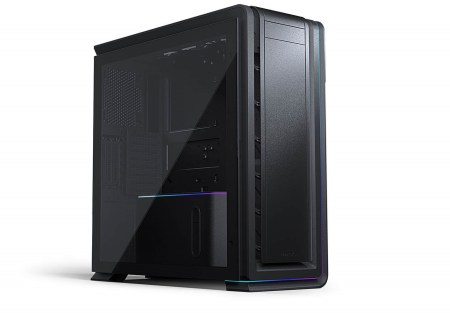
Phanteks is known for making some of the most powerful fans on the market, rivaling even the likes of Noctua. Their 719 is equally compelling in the PC case arena, with complete disassembly like the Define 7 possible and support for multiple simultaneous radiators. But more than just being a large form-factor case, it also has a really cool trick up its sleeve: it supports dual systems.
With its line of Revolt X PSUs, you can install a second ITX system below your micro-ATX motherboard. This means you can effectively have two computers in a single case. So if you're the type to keep your gaming and work machines separate, you can finally clear up some desk space. Or maybe you just use a second machine to run streaming duty while you game on your main machine. And the best part is that the 719 looks and works great even as a single system machine supporting up to EATX sized motherboards.
For those who lean toward the more extreme—and power-hungry—side of the gaming hardware market, the Enthoo 719 can alternatively support dual PSUs instead of a second system. This case provides the ultimate in flexibility, and when paired with a KVM-enabled monitor, it could be a game-changer for those of you with dual-computer work at home setups.
Everyone should build gaming cases to last, and part of that means providing proper workspace and airflow for your components. A flashy case might be nice to look at, but you always want to make sure that your components have what they need to keep gaming for many years to come.
For more hardware recommendations, check out Can you use your PSVR on the PS5? and 2021’s Best Mobile Controllers for Gaming on Pro Game Guides.
This article includes affiliate links, which may provide small compensation to Pro Game Guides.



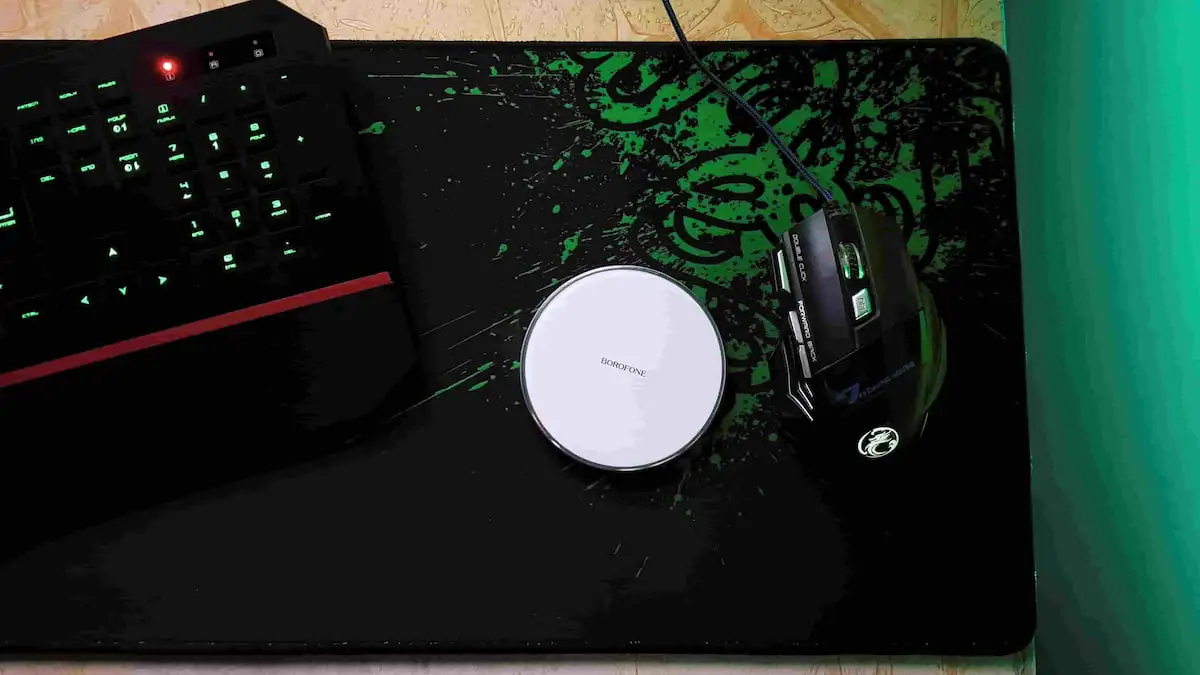


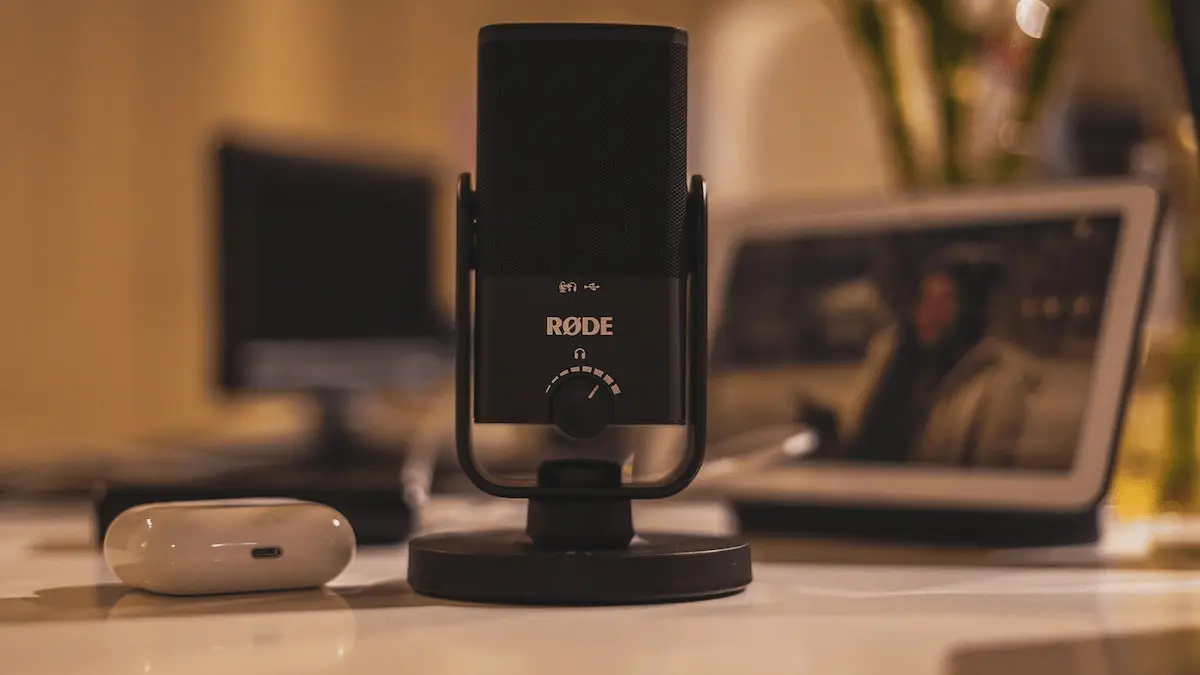
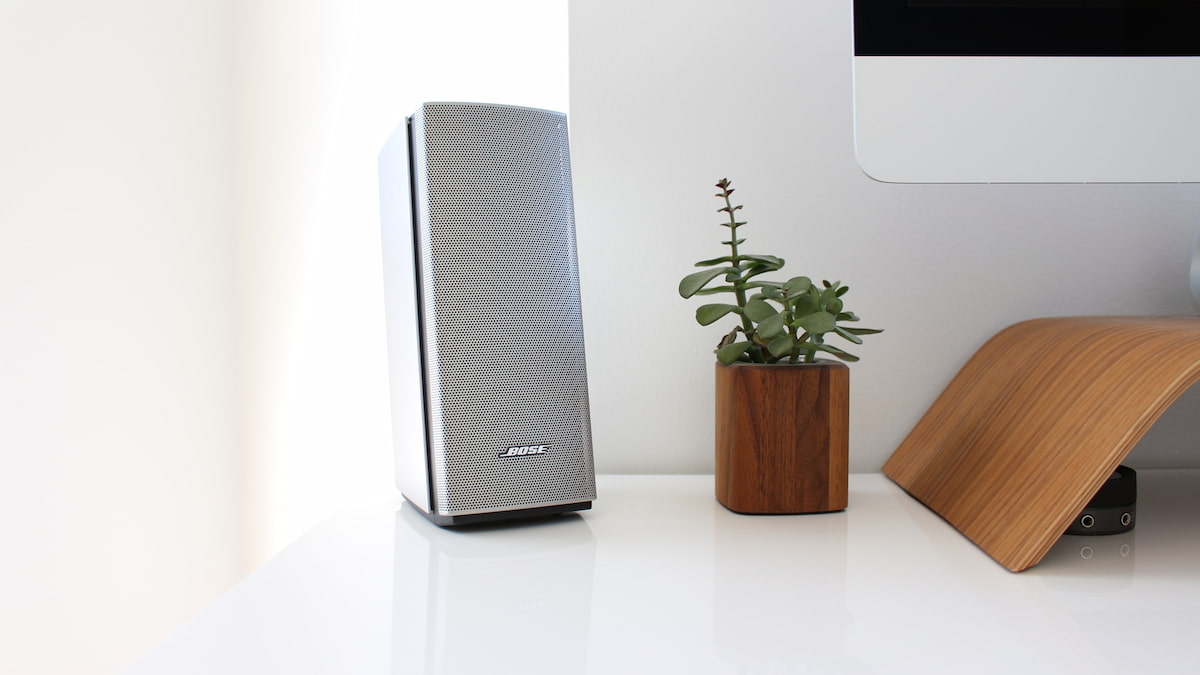
Published: Oct 18, 2021 12:35 pm